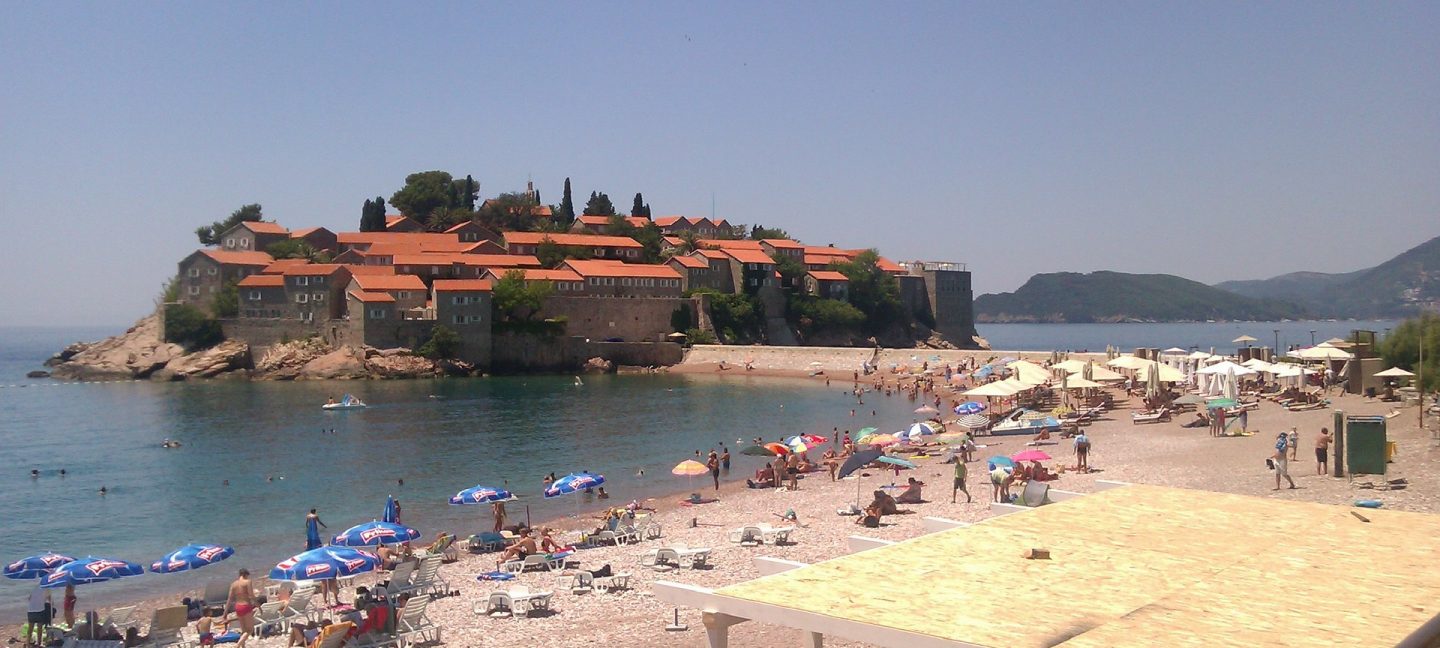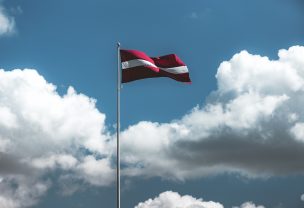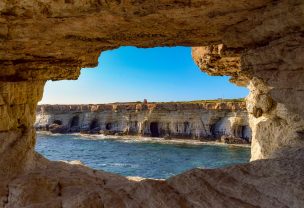Quick facts
- Full name: Montenegro
- Capital: Podgorica
- Largest city: Podgorica
- Official language: Montenegrin
- Area: 13,812 km2
- Population: 642,550
- Currency: Euro (EUR) 1 (EUR) = 100 cent
- Foreign tourists: 1.6 million (2016)
- Travel risks and hazards: Petty crime.
Montenegro only recently regained its complete independence in 2006. The country broke away from Serbia and now has a constantly growing potential of being one of the major tourist destinations in the Balkans. There are more than 120 beaches, a stunning mountain range and a crystal clear water river running through the entire country. Montenegro has a variety of attractions but there are also risks to come along.
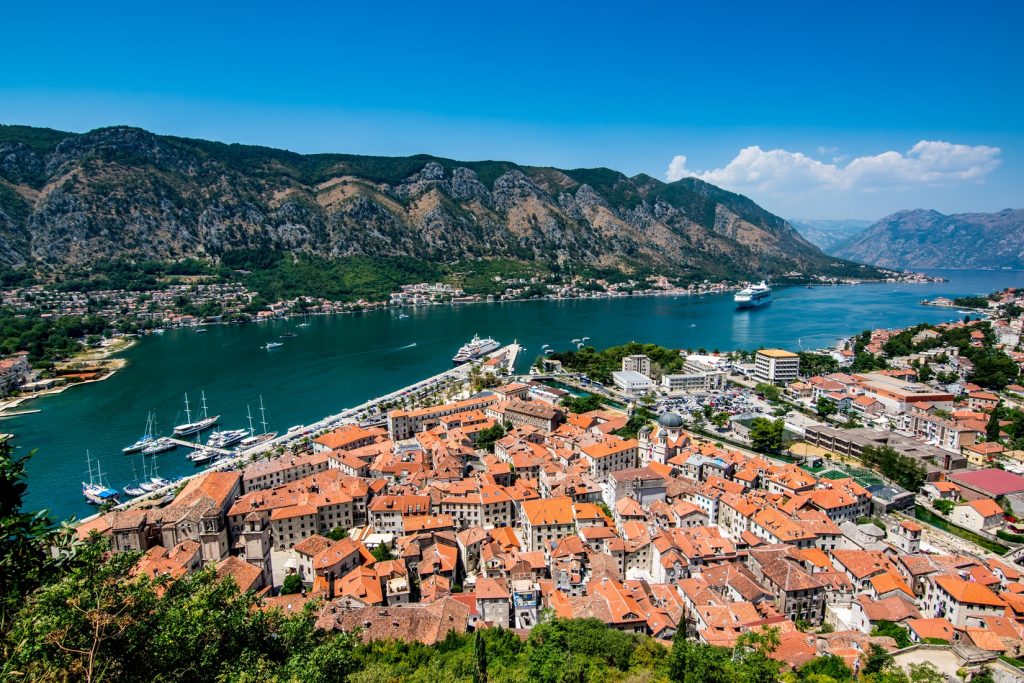
Travelling info
All tourists traveling to Montenegro must have a valid passport. Citizens of EU and the Schengen convention may enter Montenegro using their national ID. Certain nationals including the citizens of EU states may visit Montenegro without the requirement of a visa for 90 days. After that period a visa is required. Other nationals require to obtain a visa prior to their departure. (List of visa-free nations in sources).
Tourists who decide to drive a private or a rental vehicle must have their national driving permit, vehicle registration documents and certificate of insurance. IDP is optional however it is recommended for those whose permits are not written in Roman scripture or lack a photograph.
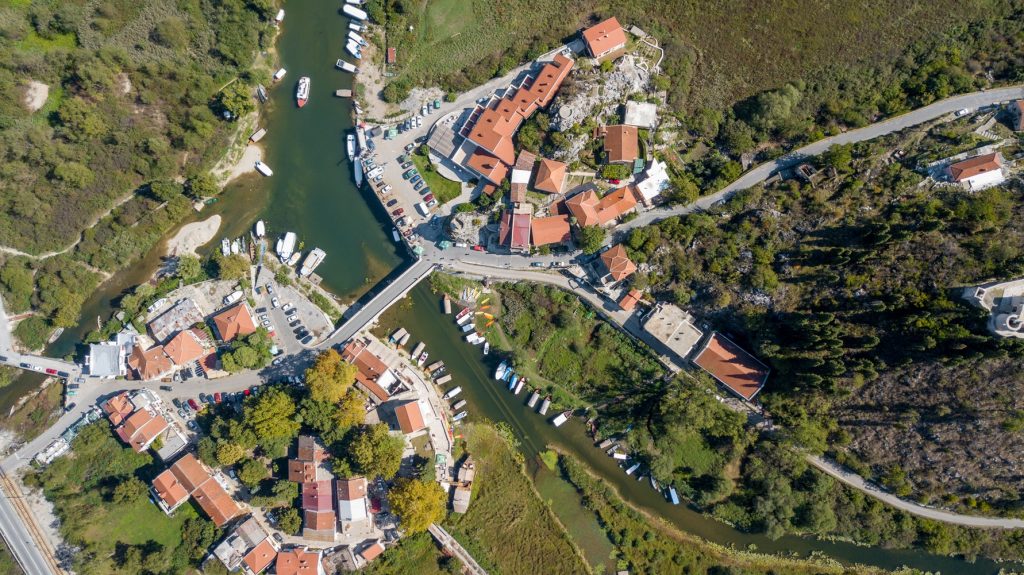
Travelling hazards
Although Montenegro is a popular tourist destination, the road conditions vary. Most roads leading to the coast are well kept, these streets, however, get very busy during the summer due to tourist influx. The further from the coast the poorer the roads get. Roads are particularly dangerous in the mountainous areas due to frequent rockfalls and landslides. Wild animals often cross roads particularly after dusk which sometimes results in traffic accidents.
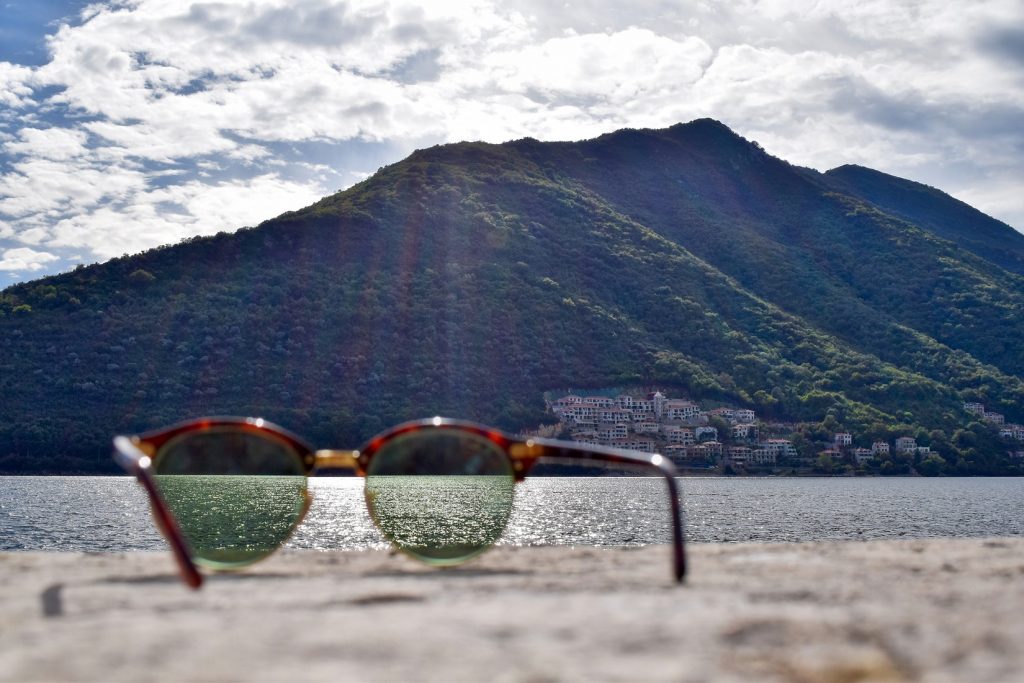
Environmental hazards
There are very few animals which pose a threat in Montenegro. Brown bears and grey wolves inhabit the mountainous areas however these are so few in numbers it is almost impossible to meet either. These animals generally avoid humans and will retreat if hearing hikers from far. If a hiker surprises any of these animals from up close they might defensively attack, seriously injure or even kill. Reports of attacks by these animals are almost unheard of. There are 3 species of venomous vipers which can seriously harm a person’s health with a bite or even kill. The asp viper, horned viper and common European viper are the only 3 capable of endangering human life. Ticks are present throughout Europe and Montenegro is no exception. These small parasites carry Lyme disease which attacks internal organs including the nervous system and the brain. The disease is very difficult to cure therefore if being a bit, it is strongly advised to submit the tick to a laboratory for Lyme disease testing. Swimming in the Adriatic is generally safe however there have been shark attacks reports both of the Montenegrin coast and of it’s neighbor’s coasts.
Montenegro does experience minor tremors however these usually do not surpass a magnitude of 4. Last serious earthquakes happened in 1979 injuring over a 1000 people and killing 79. Excessive rain, particularly in the mountainous areas, is dangerous due to the floods and landslides it causes.
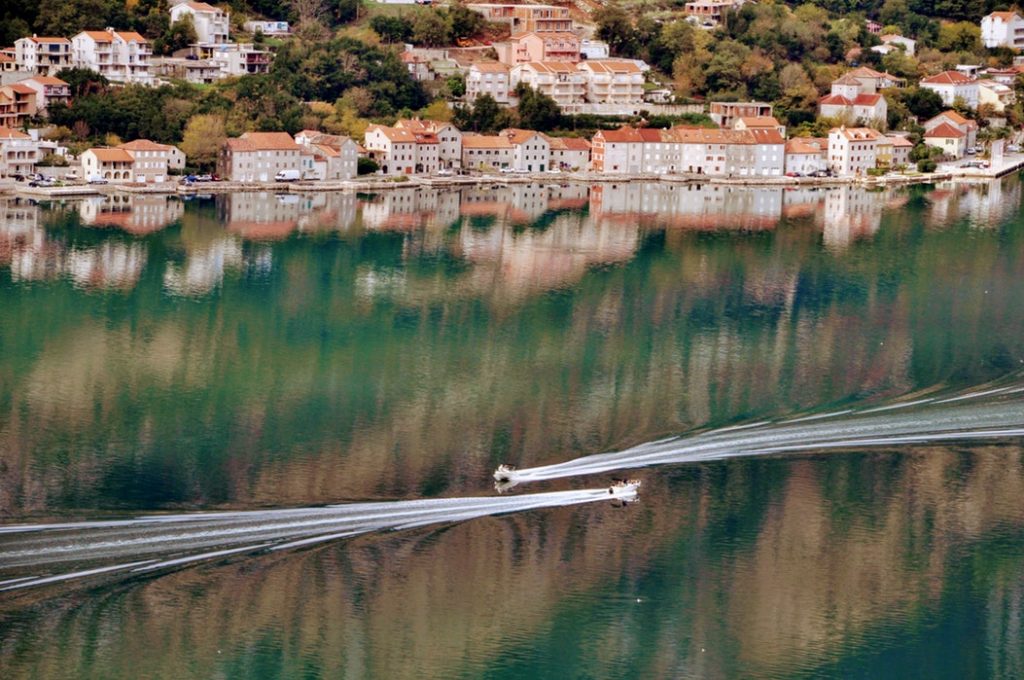
Health hazards
There are no outbreaks of any diseases nor are there any vaccination requirements in order to enter Montenegro. There are however several vaccines which are recommended to ensure safe travel. These are the routine vaccines also known as the MMR vaccines, hepatitis A and B and rabies vaccine. Montenegrin healthcare is in a good state particularly in Podgorica and around the tourist areas. Public healthcare is free for citizens but not for the expats. Thanks to the booming tourist industry, more money is pumped into the public healthcare sectors as well as more private clinics and hospitals popping up around the popular areas delivering services to locals and expats. Be sure to purchase medical insurance which will cover your possible medical expenses.
In case of an emergency dial 112.
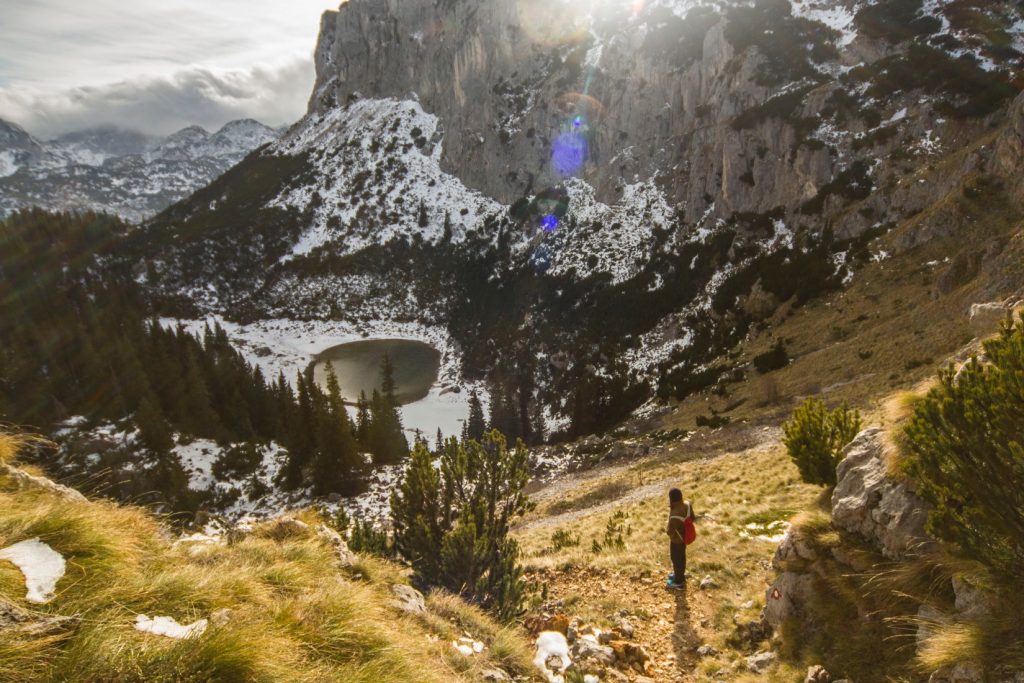
Crime
Montenegro is generally safe. Tourists are very rarely affected by any violent crime however petty crime does occur. Petty crime affects both locals and tourists. Visitors should particularly stay cautious in crowded tourist areas and on public transport. Thieves often work in groups and employ a variety of tactics to steal from unaware victims. Daylight bag snatching etc is rather uncommon but cannot be ruled out. Violent crime does occur however it almost exclusively affects gang members. Drug laws in Montenegro are strict. Possession of drugs may lead to heavy fines or even prison sentences however Montenegro is still one of the major trafficking routes into Europe.
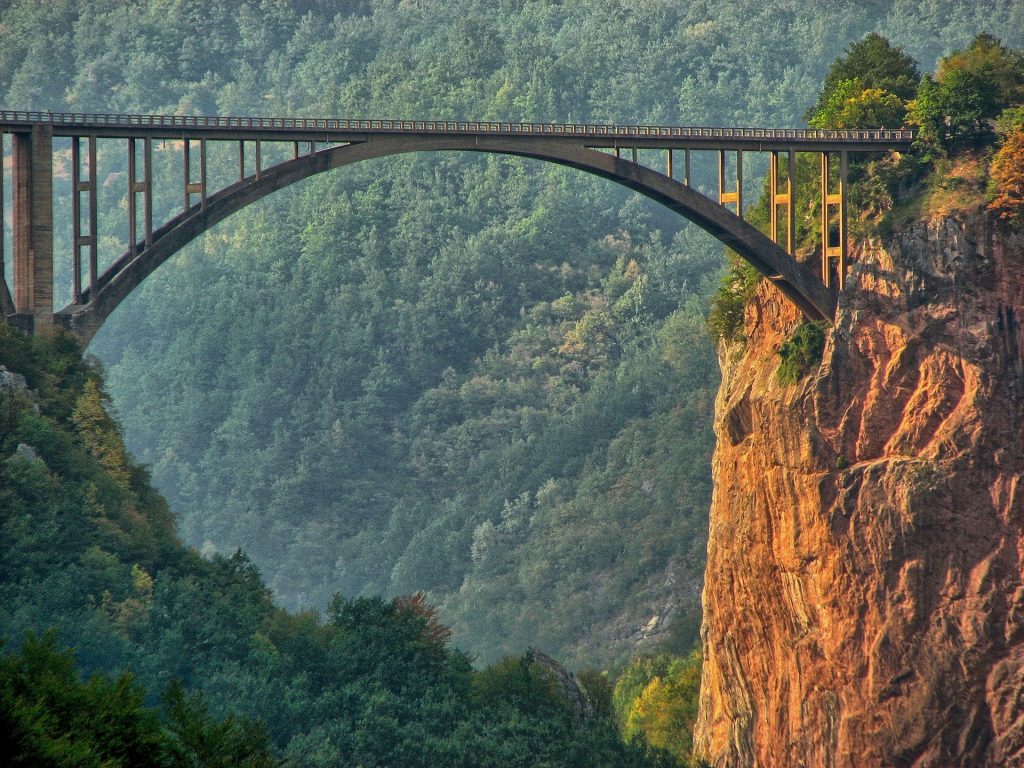
Summary
Due to the rising popularity of tourism, Montenegro is developing fast. Montenegro certainly has the potential to be one of the most popular spots in Balkans. Remember that planning your trip with Travset.com will give you the quickest information about nearest emergency services and will also help you purchase indispensable travel insurance for the trip of your lifetime. Please feel free to comment and share the experiences of your travels with Travset.com.
Sources
(Visa)
https://www.montenegropulse.com/montenegro-visa-information.html
(Vaccinations)
https://wwwnc.cdc.gov/travel/destinations/traveler/none/montenegro



